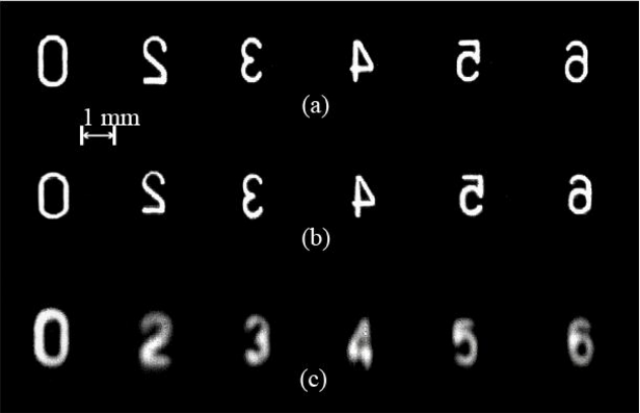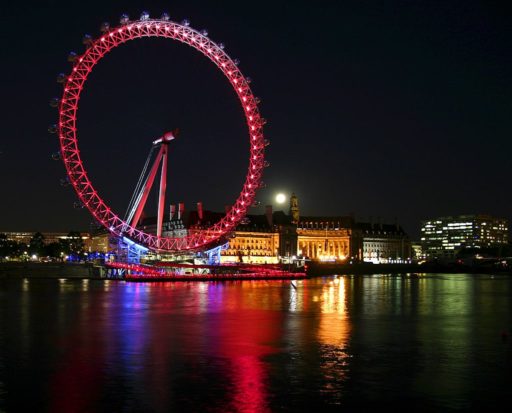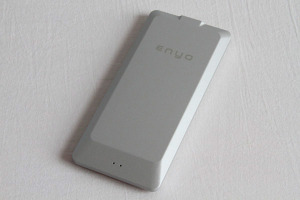Infrared light detectors capture images in the dark. Unfortunately, at present, the common infrared cameras are inefficient to do that. Researchers have been trying to convert a two dimensional infrared image to visible. But they couldn’t do that due to the lack of the availability of a suitable detector technology in infrared region. It’s a high demand for converting the infrared light into the visible light. For the first time, Chinese physicists from the Hefei University of Science and Technology (HFUT), demonstrate a practical system for converting infrared images directly into visible ones.
Researchers from China mentioned, they have found a way to create infrared light visible without using any high powered lasers or other things. They passes 2 diode lasers through a container of Rubidium vapor. This excites the rubidium atoms. As soon as the infrared light hits the rubidium, the atoms instantly emit a visible red light. This red light is picked up with lenses and later turned into a digital image.
Be noted, This rubidium based detector doesn’t provide high resolution. However, according to the image above, it picks out the images with showing accuracy. The first row is the direct (real) image. When it passes through the rubidium container, the middle row is created. The last row is the converted image of the first row and definitely it comes from the second row when the red light is picked up with lenses and later turned into a digital visible image.
“We believe our research results would be very useful in research fields in astrophysics, night-vision technology, chemical sensing, quantum communication and so on,” researchers say.
Source : Cornell University Library
[ttjad]




